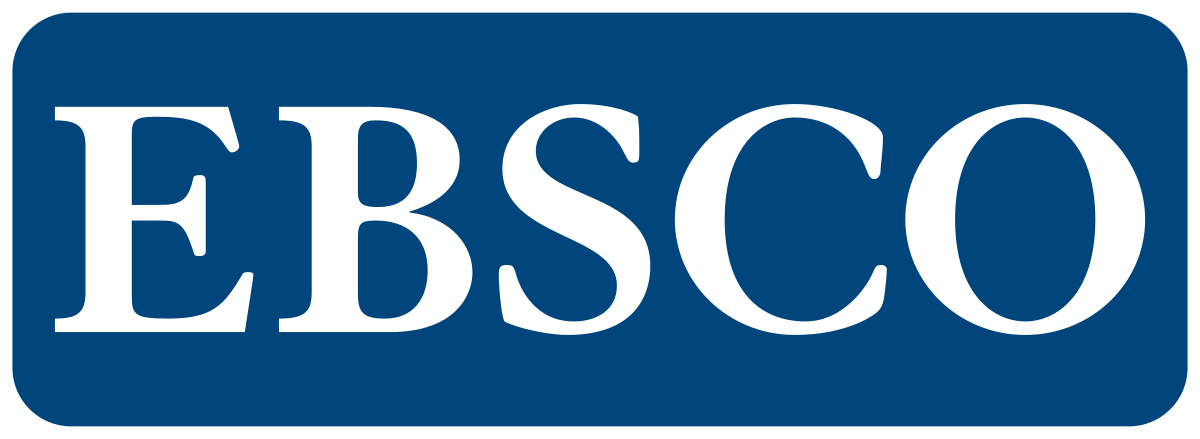Development of Irrigation Networks Based on Priorities Using the Multiple Attribute Decision Making Method
DOI:
https://doi.org/10.23960/jtepl.v14i4.1359-1368 Abstract View: 131
Abstract View: 131
Keywords:
Bedadung Irrigation Area, Development, Irrigation Network, Management, Multiple Attribute Decision Making, PrioritiesAbstract
Development of irrigation networks is a crucial element in increasing the efficiency and effectiveness of water distribution for agriculture. This research aims to determine priorities for developing irrigation networks in the Bedadung Irrigation Area, Jember Regency, using the Multiple Attribute Decision Making (MADM) method. This method consider various criteria influencing decision-making, such as physical condition of the channel, land area, water requirements, and level of infrastructure damage. This research involved collecting primary and secondary data through field surveys, interviews with interpreters, as well as reviewing technical and administrative documents related to irrigation networks. Data was analyzed using several MADM techniques, such as Simple Additive Weighting (SAW), Weighted Product (WP), and Technique for Order Preference by Similarity to Ideal Solution (TOPSIS) to obtain the weight of each criterion and determine development priorities. The results show that the main priority for developing irrigation networks in the Bedadung Irrigation Area is repairing primary, secondary, and tertiary canals that are badly damaged, followed by increasing canal capacity to meet water needs in the dry season. Implementation of the results of this research is expected to increase the efficiency of irrigation water distribution, reduce water losses, and increase agricultural productivity.
Downloads
References
Agustyawan, P.E., & Sabilla, A.A. (2021). Pengelolaan saluran irigasi guna meningkatkan produktivitas pertanian di Desa Jubel Kidul. Rengganis Jurnal Pengabdian Masyarakat, 1(2), 113–120. https://doi.org/10.29303/rengganis.v1i2.88
Anastasya, D., Fahri, S., Situmorang, S., & Niska, D.Y. (2023). Implementasi metode Weighted Product dalam menentukan e-commerce terbaik. INFOMATEK: Jurnal Informatika, Manajemen dan Teknologi, 25(1), 55–60. https://doi.org/10.23969/infomatek.v25i1.7699
Arif, S.S., Pradipta, A.G., Murtiningrum, Subekti, E., Sukrasno, Prabowo, A., Sidharti, T.S., Soekarno, I., & Fatah, Z. (2019). Toward modernization of irrigation from concept to implementations: Indonesia case. IOP Conference Series: Earth and Environmental Science, 355(1), 012024. https://doi.org/10.1088/1755-1315/355/1/012024
Astutik, S., & Suhardi, D. (2021). Rehabilitasi jaringan irigasi untuk peningkatan produksi pertanian. Seminar Keinsinyuran, II, 139–146.
Buya, H. (2019). Evaluasi Kinerja Jaringan Irigasi Tersier di Desa Marente Kecamatan Alas Kabupaten Sumbawa. [Undergraduate Thesis]. Universitas Muhammadiyah Mataram.
Dinas Pekerjaan Umum dan Sumber Daya Air Kabupaten Jember. (2020). Daerah Irigasi Bedadung Jember. Dinas Pekerjaan Umum dan Sumber Daya Air Kabupaten Jember.
Hwang, C.L., & Yoon, K. (1981). Methods for multiple attribute decision making. In Multiple attribute decision making: Methods and Applications a State-of-the-Aart Survey (pp. 58–191).
Jatmiko, B.C., Andriyani, I., Ernanda, H., & Akbar, M. (2022). Identifikasi kondisi dan keberfungsian aset irigasi pada Daerah Irigasi Bedadung, Kabupaten Jember, Jawa Timur. Jurnal Irigasi, 16(2), 1–12. https://doi.org/10.31028/ji.v16.i2.1-12
Kementerian PUPR. (2024). Modernisasi Irigasi dan Upaya Menjaga Ketahanan Pangan. Accessed on 19 July 2025 from : https://sda.pu.go.id/assets/uploads/files/Booklet%20Air%20Untuk%20Negeri%20edisi%201%202024.pdf
Kurnianingrum, E., Mulya, H.D., & Anwar, S. (2023). Evaluasi kesiapan modernisasi sistem irigasi di Daerah Irigasi Molek berdasarkan indeks kinerja. SAINSTEK, 11(2), 228–233.
Kusumadewi, S., Hartati, S., Harjoko, A., & Wardoyo, R. (2006). Fuzzy Multi-Attribute Decision Making (Fuzzy MADM). Yogyakarta: Graha Ilmu.
Lenaini, I. (2021). Teknik pengambilan sampel purposive dan snowball sampling. Historis: Jurnal Kajian, Penelitian dan Pengembangan Pendidikan Sejarah, 6(1), 33–39.
Mentri Pekerjaan Umum dan Perumahan Rakyat Republik Indonesia. (2015). Peraturan Mentri Pekerjaan Umum dan Perumahan Rakyat Nomor: 12/PRT/M/2015 Tentang Eksploitasi dan Pemeliharaan Jaringan Irigasi.
Muhlis, A., & Yuliana, E. (2012). Identifikasi bangunan bagi dan sadap pada Saluran Sekunder Ulin 4 Irigasi Riam Kanan Kabupaten Banjar. INTEKNA Jurnal Informasi Teknik dan Niaga, 12(1), 44-50.
Olson, D.L. (2004). Comparison of weights in TOPSIS models. Mathematical and Computer Modelling, 40(7–8), 721–727. https://doi.org/10.1016/j.mcm.2004.10.003
Pradipta, A.G., Murtiningrum, M., Febriyan, N.W.D., Rizqi, F.A., & Ngadisih, N. (2020). Prioritas pengembangan dan pengelolaan jaringan irigasi tersier di DI Yogyakarta menggunakan Multiple Attribute Decision Making. Jurnal Irigasi, 15(1), 55–69. https://doi.org/10.31028/ji.v15.i1.55-69
Rusli, Z., & Febriani, N. (2015). Evaluasi kebijakan pembangunan irigasi dalam intensifikasi produktivitas sawah di Desa Sawah Kecamatan Kuantan Tengah Kabupaten Kuantan Singingi. JOM FISIP, 2(2), 1–6.
Setyabudi, A. D., & Mustafidah, H. (2020). Menentukan Jenis Tanaman Pertanian Palawija Menggunakan Metode Simple Additive Weighting (SAW) Dan Metode Weighted Product (WP). Sainteks, 17(1), 61-72.
Suryandini, A. (2014). Sistem Pendukung Keputusan untuk Penentuan Minat Peserta Didik di SMA Menggunakan Metode TOPSIS. [Undergraduate thesis]. Universitas Diponegoro
Susanto, E.H. (2014). Studi komparatif efisiensi usaha budidaya ikan dengan sistem karamba pada saluran irigasi [Undergraduate thesis]. Universitas Jember.
Utama, D.N. (2017). Sistem Penunjang Keputusan: Filosofi Teori dan Implementasi. Garudhawaca, Yogyakarta.
Downloads
Published
How to Cite
Issue
Section
License
Copyright (c) 2025 Suci Ristiyana

This work is licensed under a Creative Commons Attribution-ShareAlike 4.0 International License.
Authors who publish with this journal agree to the following terms:
Authors retain copyright and grant the journal right of first publication with the work simultaneously licensed under a Creative Commons Attribution-ShareAlike 4.0 International Lice that allows others to share the work with an acknowledgement of the work's authorship and initial publication in this journal.
Authors are able to enter into separate, additional contractual arrangements for the non-exclusive distribution of the journal's published version of the work (e.g., post it to an institutional repository or publish it in a book), with an acknowledgement of its initial publication in this journal.
Authors are permitted and encouraged to post their work online (e.g., in institutional repositories or on their website) prior to and during the submission process, as it can lead to productive exchanges, as well as earlier and greater citation of published work (See The Effect of Open Access).
Jurnal Teknik Pertanian Lampung

JTEPL is licensed under a Creative Commons Attribution-ShareAlike 4.0 International License.













